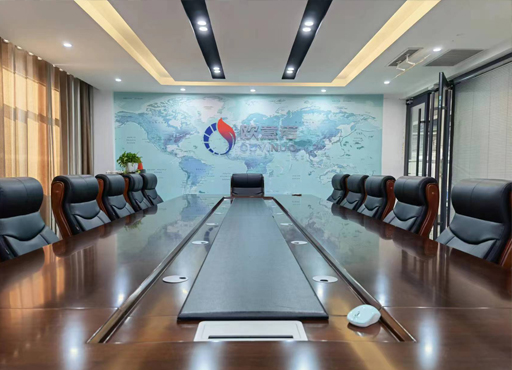
Nov . 18, 2024 03:15
Back to list
Understanding the Functionality of Pressure Reducing Valves in Fluid Systems
Understanding Pressure Reducing Valves Function and Importance
Pressure reducing valves (PRVs) are essential components in various fluid control systems, playing a critical role in maintaining safe and consistent pressure levels. These valves are designed to reduce the incoming high pressure to a lower and more manageable level, ensuring that downstream systems operate efficiently and safely.
The primary function of a pressure reducing valve is straightforward it controls the pressure of a fluid within a system. When fluid enters the valve at a high pressure, the PRV automatically adjusts the flow by throttling the valve, which reduces the pressure to a predetermined, lower level. This feature is particularly important in applications where fluctuating pressures can lead to equipment damage, inefficient operation, or safety hazards.
In the context of household plumbing, PRVs are commonly used to protect fixtures from pressure surges that can occur during events such as water hammer or sudden changes in water flow. By maintaining a consistent water pressure, these valves help prevent leaks, broken pipes, and other costly repairs. For commercial or industrial applications, PRVs serve similar purposes, safeguarding sensitive equipment and ensuring optimal performance in processes ranging from manufacturing to chemical processing.
pressure reducing valve

One of the key benefits of using a pressure reducing valve is its ability to contribute to energy efficiency. When high-pressure fluid is allowed to flow directly into a system, it may lead to unnecessary energy consumption. By regulating pressure, PRVs help reduce energy usage, leading to cost savings and a smaller environmental footprint.
Moreover, PRVs come in various designs and sizes, suitable for different applications and fluid types. They can be adjusted for specific pressure settings, allowing for versatility in both residential and industrial settings. This adaptability makes them invaluable in ensuring that systems operate within their intended pressure ranges.
Regular maintenance of pressure reducing valves is also crucial for their effective operation. Accumulation of debris, wear and tear, or malfunctioning components can lead to pressure inconsistencies, compromising system performance. Routine checks and timely replacements help maintain the efficiency and reliability of PRVs, preventing unexpected failures.
In conclusion, pressure reducing valves play a vital role in modern fluid management and control systems. Their ability to maintain safe pressure levels not only protects equipment but also enhances energy efficiency, offering significant benefits across various applications. Understanding the function and importance of PRVs enables better management of water and fluid systems, ultimately leading to improved performance and safety. As industries continue to evolve, the need for reliable and effective pressure control solutions remains paramount, making PRVs an indispensable component in various sectors.
Latest news
-
Safety Valve Spring-Loaded Design Overpressure ProtectionNewsJul.25,2025
-
Precision Voltage Regulator AC5 Accuracy Grade PerformanceNewsJul.25,2025
-
Natural Gas Pressure Regulating Skid Industrial Pipeline ApplicationsNewsJul.25,2025
-
Natural Gas Filter Stainless Steel Mesh Element DesignNewsJul.25,2025
-
Gas Pressure Regulator Valve Direct-Acting Spring-Loaded DesignNewsJul.25,2025
-
Decompression Equipment Multi-Stage Heat Exchange System DesignNewsJul.25,2025

